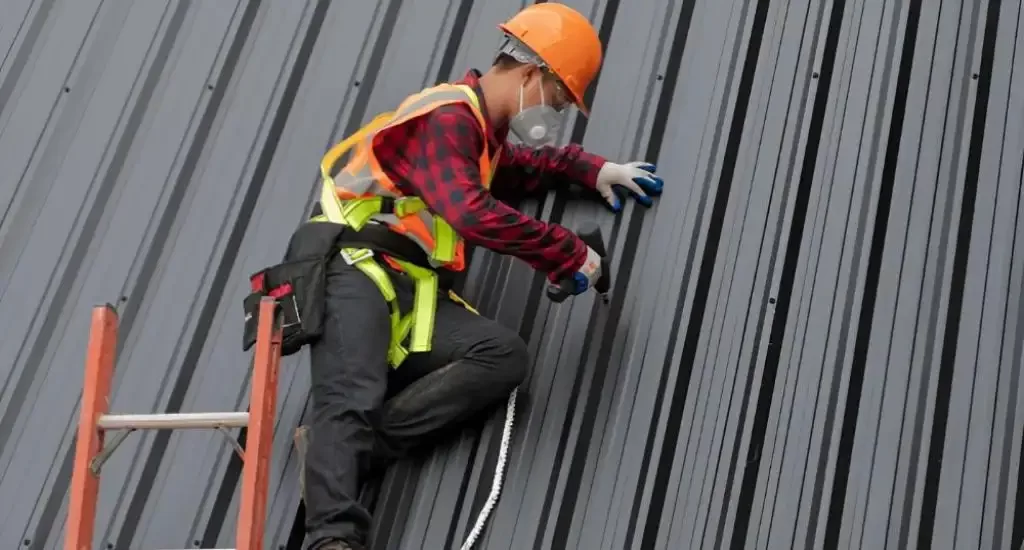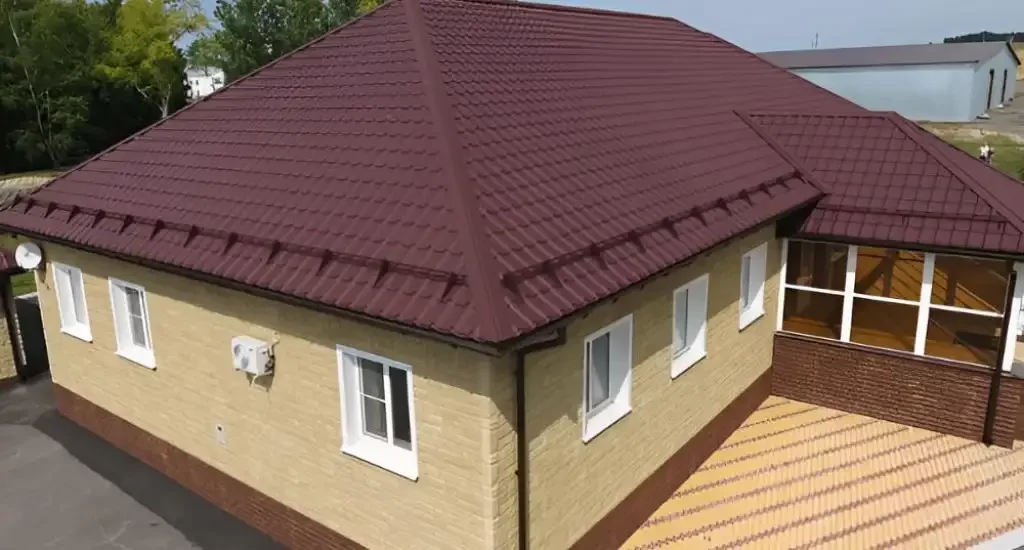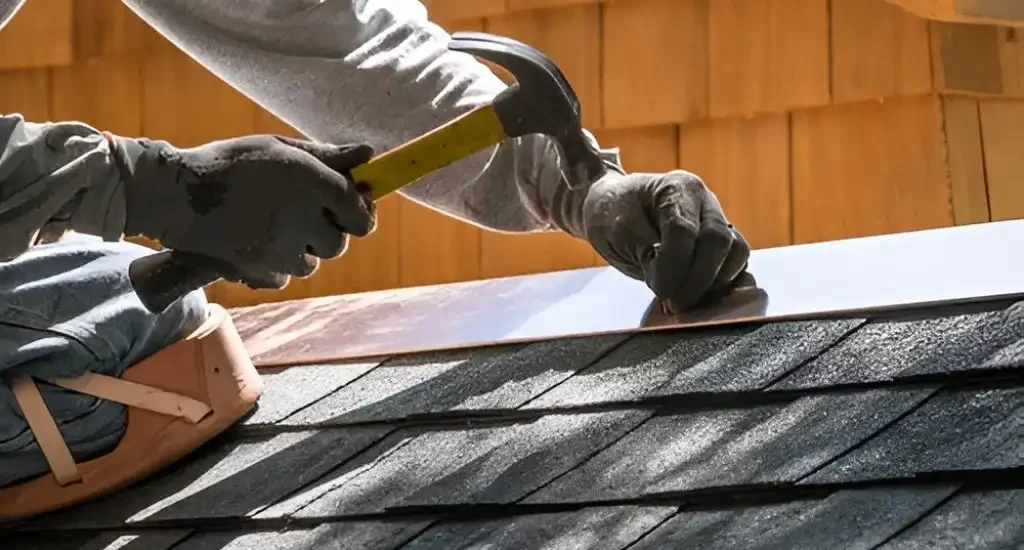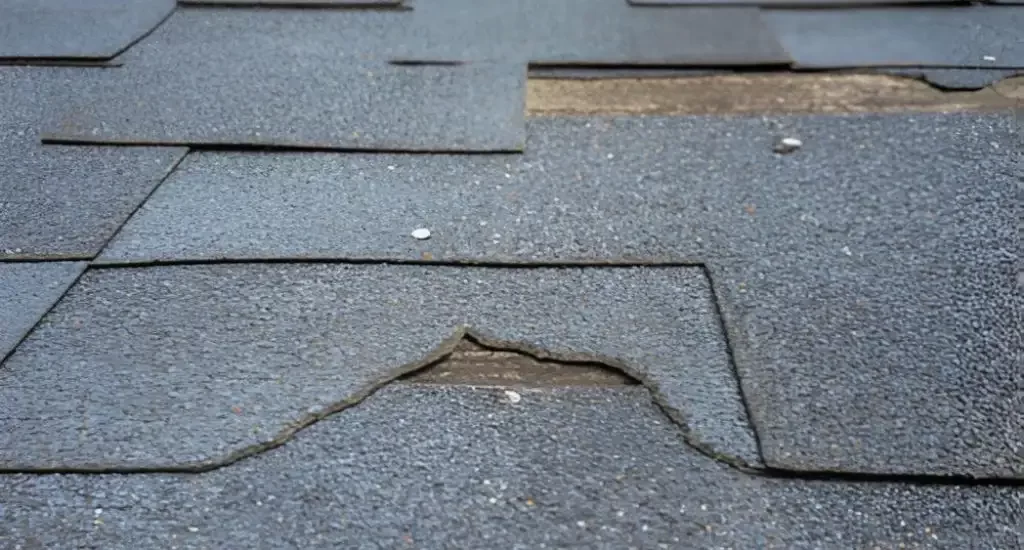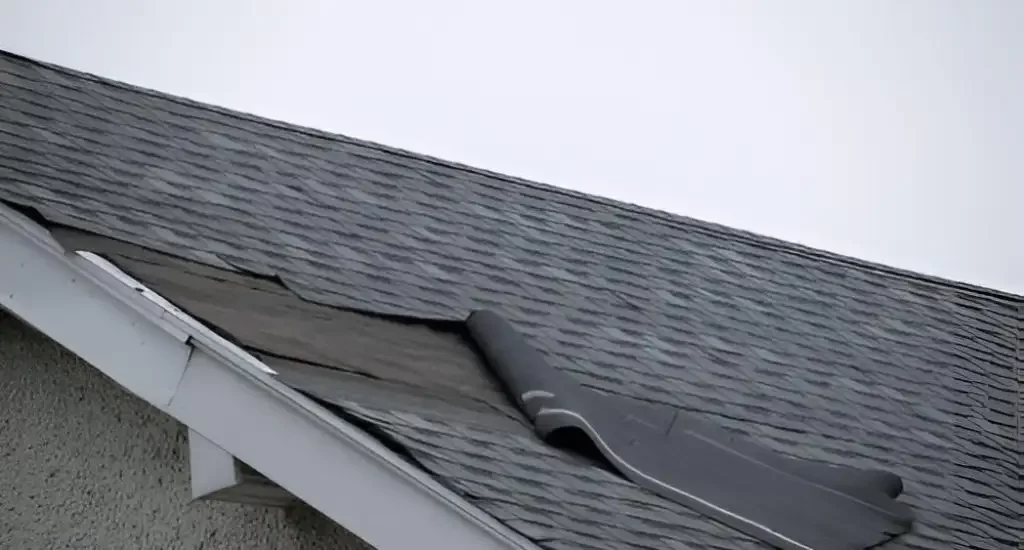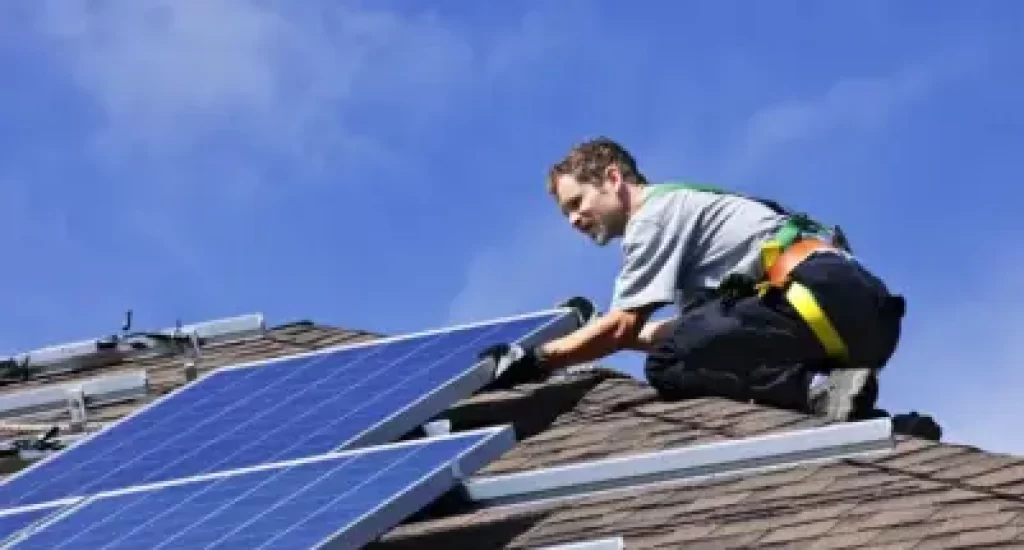GAF Certified Roofers in Wayne, NJ
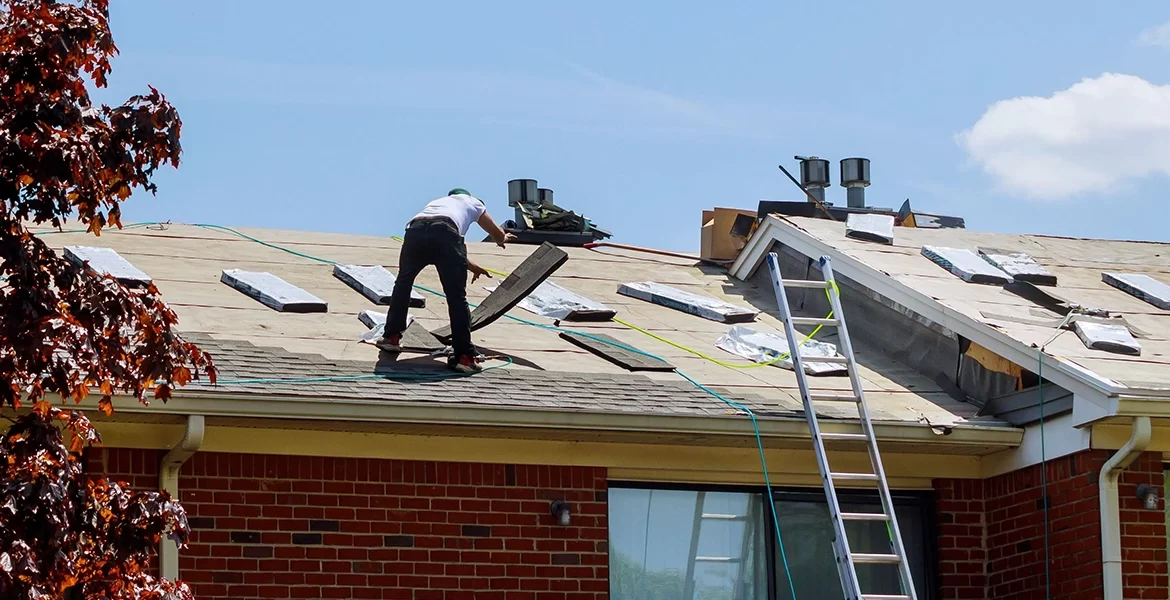
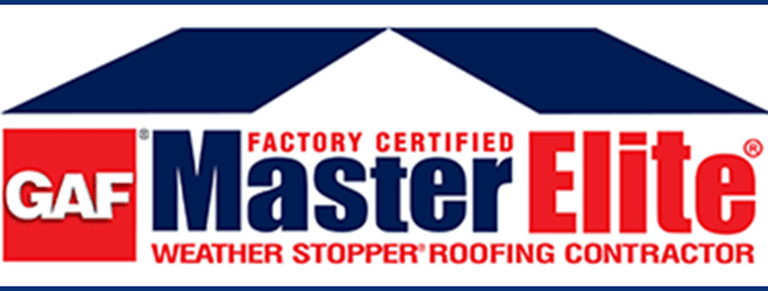

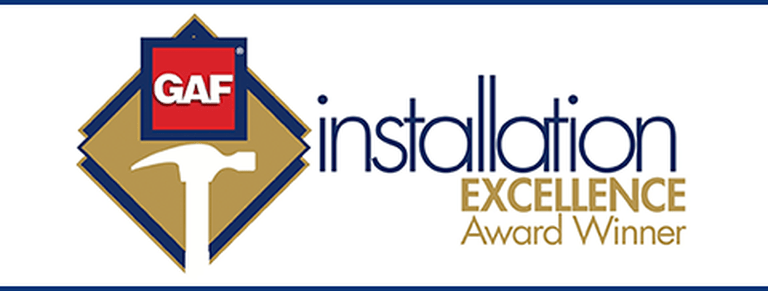

Why GAF Certified Roofers Are the Way to Go
Choosing the right roofers is crucial. Experienced companies like Maute Roofing will inform you about every detail of your roofing services. There are some key factors to look for that include the following:
- Licensed in your area
- Insured
- Provides references
- Willing to write an estimate
Choosing the right roofers is crucial for the longevity and safety of your home. Experienced companies like Matute Roofing prioritize transparency and communication, ensuring you’re informed about every detail of your roofing services. When selecting a roofing contractor, there are key factors to consider, such as being licensed in your area, insured, providing references, and offering detailed estimates.
However, beyond these essentials, opting for GAF Certified roofers sets a higher standard of quality and expertise. GAF Certification signifies a commitment to excellence in roofing craftsmanship and customer satisfaction. With GAF Certified roofers from Matute Roofing, you’re assured of top-notch service backed by industry-leading warranties and support.
GAF Certification also means staying up-to-date with the latest roofing techniques and technologies, ensuring your roof is installed or repaired using the best practices available. Whether it’s a new installation, repairs, or maintenance, GAF Certified roofers bring unmatched skill and professionalism to every project.
Additionally, choosing GAF Certified roofers gives you peace of mind knowing that your roofing contractor has undergone rigorous training and meets stringent quality standards set by one of the most trusted names in the roofing industry. Your home deserves nothing less than the best, and Matute Roofing’s GAF Certified roofers are dedicated to delivering the superior roofing services you deserve.
Don’t settle for anything less when it comes to your roof—trust Matute Roofing’s GAF Certified roofers to provide the expertise, reliability, and quality workmanship your home deserves. We’ll be there for you every step of the way, ensuring your satisfaction and the integrity of your roof for years to come.
Be sure to research roofing companies and ask around for recommendations. You must know you have a safe roof over your head. Let Matute Roofing’s GAF Certified roofers give you the roofing services you deserve. We will be there for you every step of the way.
Raise the Roof and Lower the Risk by Scheduling Your Roofing Services with Matute Roofing's GAF Certified Roofers today.
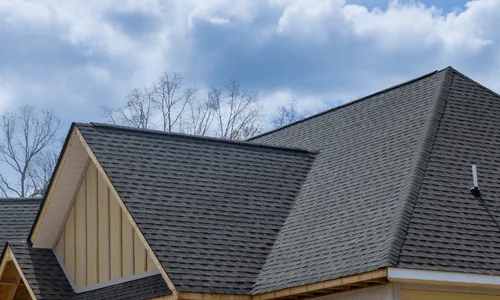
GAF Certified Residential Roofers
Types of Residential Roofs
There are many types of residential roofs, and our Matute Roofing experts can work with any roof. It is crucial to understand each roofing material to know which one is best for your needs. Some common types of residential roofs include:
- Asphalt shingles are easy to install and last a long time.
- Metal roofing is durable and protects your home from high winds and other weather conditions.
- Tile roofs are known for their durability and known to be energy efficient.
As you can see, every roof type has its perks, and Matute roofing experts can help you decide which roof is best for your home. Your roof is one of the most important investments you will make! Do not settle for the ordinary; Matute delivers nothing less than extraordinary.
GAF Certified Commercial Roofers
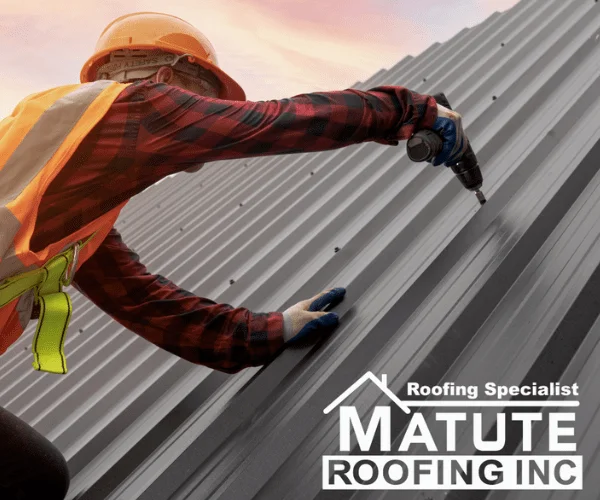
Types of Commercial Roofing
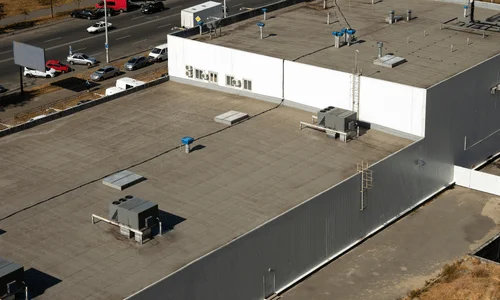
Commercial roofs can differ from residential roof types. They are generally much more significant and require different roofing materials to withstand the wear and tear from foot traffic, inclement weather, etc. Some common types include:
- Single-ply (TPO, PVC) roofs are lightweight, durable, resistant to UV rays, and highly reflective.
- Concrete roofs are sturdy and long-lasting.
- Modified bitumen is designed for slope roofs. They are durable and weather resistant.
If you are unsure of what type of commercial roof you need, it is vital to take the advice of professionals. At Matute Roofing, we have over 20 years of experience roofing commercial buildings in the Wayne County, New Jersey area.

